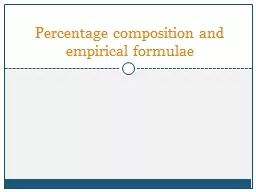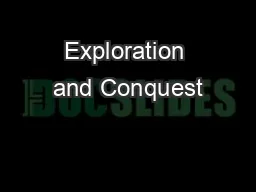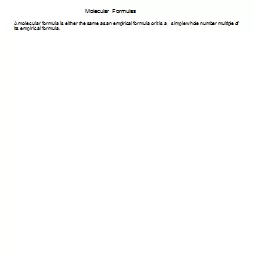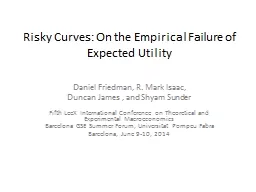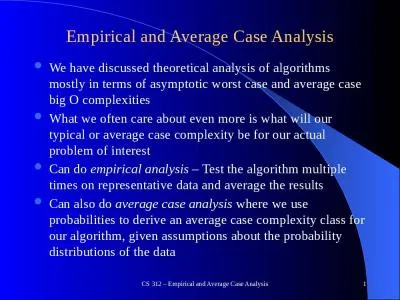PPT-The empirical exploration of
Author : elise | Published Date : 2023-07-17
dissociative identity disorder DID Voices shame and autobiographical memory Martin Dorahy University of Canterbury Christchurch New Zealand Plan DID and voice
Presentation Embed Code
Download Presentation
Download Presentation The PPT/PDF document "The empirical exploration of" is the property of its rightful owner. Permission is granted to download and print the materials on this website for personal, non-commercial use only, and to display it on your personal computer provided you do not modify the materials and that you retain all copyright notices contained in the materials. By downloading content from our website, you accept the terms of this agreement.
The empirical exploration of: Transcript
Download Rules Of Document
"The empirical exploration of"The content belongs to its owner. You may download and print it for personal use, without modification, and keep all copyright notices. By downloading, you agree to these terms.
Related Documents



